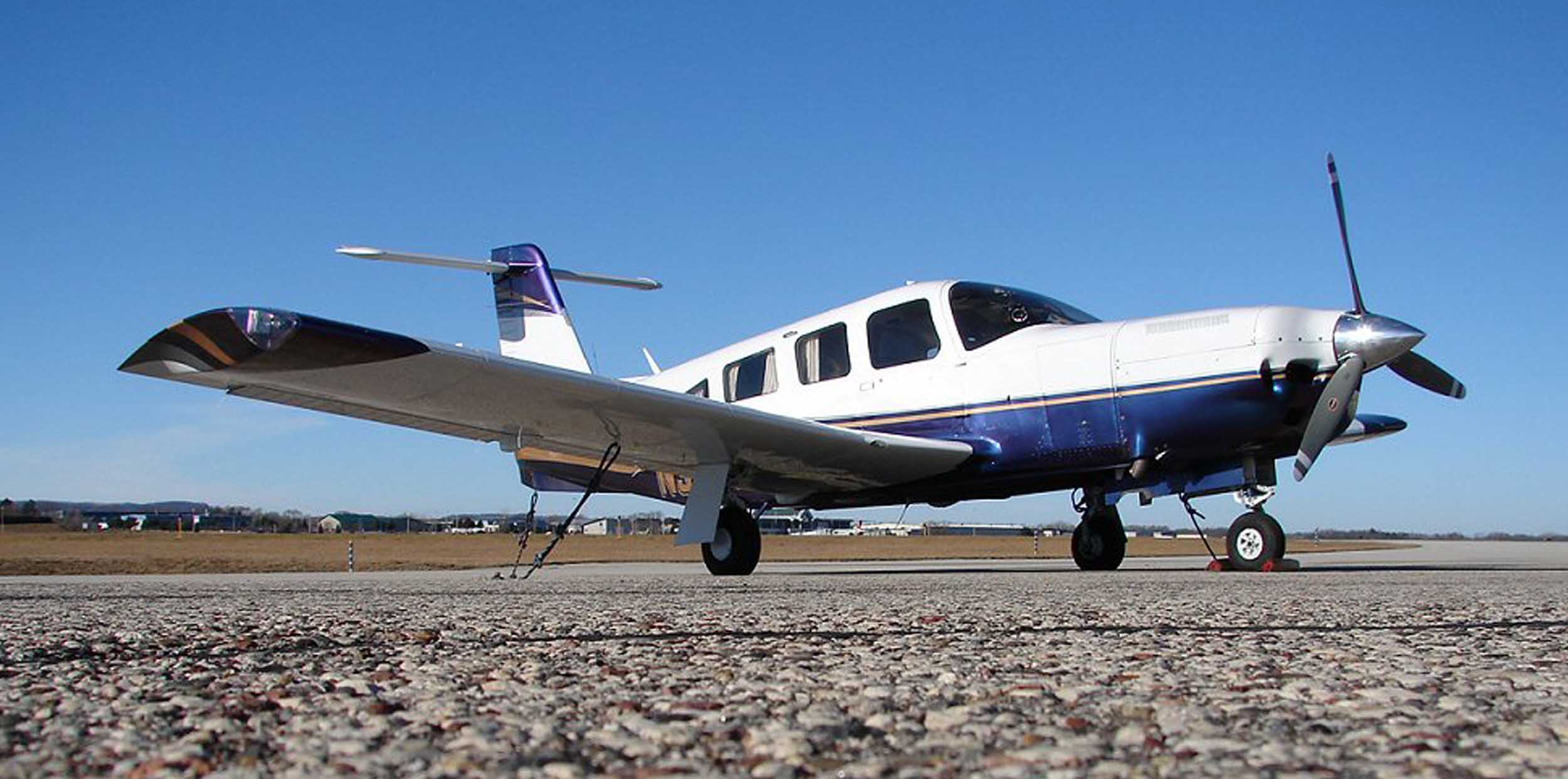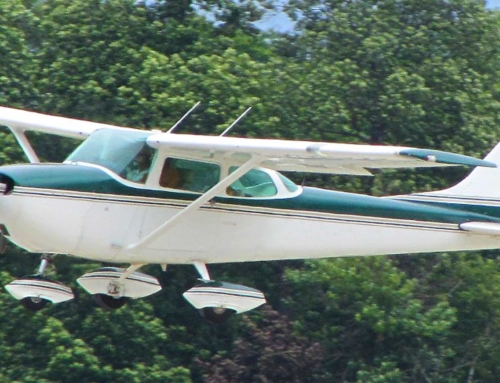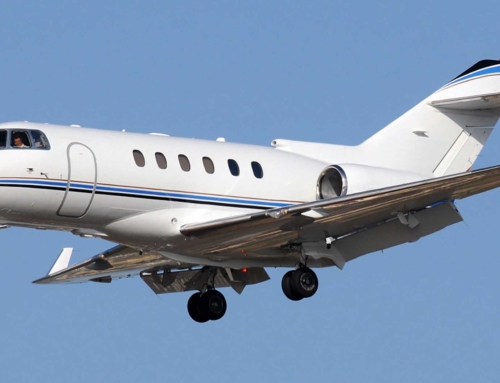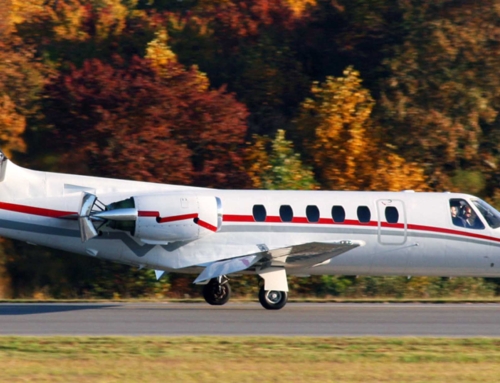Founded in 1927 by Clarence and Gordon Taylor on the edge of the Great Depression, Piper started as the Taylor Aircraft Manufacturing Company. Their straightforward goal was to build reliable and innovative aircraft. However, just a year later, Gordon died in an aircraft accident.
After this tragedy, businessman William Piper encouraged Clarence to keep the company going in Pennsylvania. The Taylor Brothers designed the Piper Cub, which was found to be successful early on. However, after the 1929 stock market crash, Piper took over the company from Clarence and continued to sell the Cub, of which around 5,500 are still flying today.
As World War II approached, the company changed its name to Piper Aircraft Corporation. It played a key role in making military aircraft for the U.S. armed forces, especially the J-3 Cubs and L-4 Grasshoppers.
The Korean War created a new demand, helping Piper recover from post-war struggles. In 1960, production moved to Florida, and Piper began naming its aircraft after Native American tribes – introducing models like Aztec, Comanche, and Cherokee.
The company faced ups and downs after William Piper died in 1970 but found a niche in making trainer aircraft. With over a century of experience, Piper has a wide range of 160 certified aircraft. Today, Piper’s offerings are mainly divided into single-engine, twin-engine, and a few jets.
Evolution Of The Piper Lance Series
Produced between 1976 and 1978, the PA-32R-300 was marketed under two prominent names: the Piper Lance and the Piper Turbo Lance. The 1976 Lance model introduced the retractable landing gear to the PA-32 line, featuring a standard tail design. Subsequent models transitioned to a “T” tail configuration, with a stabilator relocated to the top of the vertical tail.
With the introduction of the PA-32RT-300, the Cherokee name was phased out, and the aircraft was rebranded as the Piper Lance II, which also adopted the “T” tail design. The turbocharged variant, the PA-32RT-300T, became known as the Piper Turbo Lance II.
The lineage continues with the PA-32R-301, produced from 1980 to 2007. These later models reverted to the standard tail design and were branded as the Saratoga SP. In 1993, several cosmetic and system enhancements were made, leading to the redesignation of the PA-32R-301 as the Saratoga II HP. The turbocharged version, the PA-32R-301T, was recognized as the Turbo Saratoga SP. By 1997, the model received an upgraded Lycoming TIO-540-AH1A engine, earning it the name Saratoga II TC.
- Country of Origin: America
Piper Lance PA32R 300 Statistics
- Maximum Speed: 165 kts
- Maximum Range: 1,000 nm
- Maximum Occupants: 7
- Range Of Years Manufactured: 1976-1978
- Total Aircraft Build: 388
- Current Operational Aircraft: 230
- Useful Load: 1,620 lbs
- Average Sale Value: $199,388
- Average Days On Market For Sale: Unknown
- VREF Demand Rating: Normal
Operational Resources
Operations Manual
Maintenance Document
Local Resources
Manufacturer
Insurance
Piper Lance Details
Below is a description of the Piper Lance PA32R 300.
Interior
The Piper Lance PA32R 300 is designed to accommodate up to 6 occupants in a spacious cabin configuration, featuring club-style seating and executive comfort. The stretched cabin offers generous headroom and legroom while retaining ample baggage space with both nose and rear compartments accessible through convenient external doors. In the cockpit, pilots benefit from an ergonomic panel layout with excellent visibility and thoughtfully arranged instrumentation, ensuring critical flight data remains easily scannable. The aircraft’s robust construction incorporates effective sound-dampening materials and high-quality interior appointments, creating a refined environment for both pilots and passengers during cross-country flights.
Exterior
The Piper Lance PA32R-300 commands attention with its robust, high-performance design, combining sophistication with practical utility. Its spacious, low-wing configuration showcases the classic Piper aesthetic while delivering outstanding aerodynamic efficiency. The aircraft’s all-metal construction ensures exceptional durability, while the generous cabin windows offer panoramic visibility – perfect for both pilot situational awareness and passenger enjoyment.
Distinguished by its retractable landing gear and conventional tail design, the Lance sets itself apart as a capable six-seat aircraft. The retractable gear system significantly reduces drag, enabling higher cruise speeds and improved fuel efficiency compared to its fixed-gear siblings. The PA32R-300’s wide cabin doors and club-style seating arrangement make it particularly appealing for both business and family travel, while its substantial cargo capacity through the signature Piper baggage door adds outstanding versatility to its repertoire.
Avionics
- Altimeter
- Airspeed Indicator TSO
- Manifold Pressure and Fuel Flow Indicator
- G.E. Landing Light
- Auxiliary Power Receptacle
- External Power Cable
- Cabin Speaker
- Forward Baggage Light
- Reading Lights
- Heated Pitot Head
- Battery 12V 35 A.H.
Specifications
- Max Landing Weight: 3,400 lbs.
- Configuration: Single Engine, Piston
- Max Seats: 6
- Max Takeoff Weight: 3,600 lbs.
- Cruise: 156 kts
- Range: 748 nm
- Takeoff (Balanced Field Length): 1,450 ft.
- Landing: 880 ft.
- Wing Span: 32 ft. 9 in.
- Length: 27 ft. 8 in.
- Height: 7 ft. 11 in.
- Max Payload: 1,433 lbs.
Piper Lance Models
PA32R-300
The original PA32R-300 was marketed as the Piper Cherokee Lance. Manufactured from 1976-1978, this version had a standard tail. It boasts 300-horsepower.
PA32RT-300
Piper dropped the “Cherokee” name, renaming this model the Lance II. It has a modified “T” design tail that moves the stabilator to the top of the vertical tail. It was introduced in 1978. Similarly to the 32R, the 32RT has 300 horsepower.
PA32RT-300T
Introduced in 1978, Piper released the turbocharged version – the Turbo Lance II. This aircraft notably was the first to feature a redesigned and distinctive air intake below the propeller hub.
PA32R-301
The PA32R-301 was manufactured between 1980 and 2007, reverting to the standard tail design. They were also renamed as the Saratoga. In 1993, Piper gave the aircraft several cosmetic and system updates – giving it the name Saratoga II HP.
PA32R-301T
The turbocharged model was named the Turbo Saratoga SP in 1996 despite numerous updates to the aircraft. Then in 1997, its new designation, the Saratoga II TC, featured smaller, round air inlets, a King avionics suite, and updated transponders. This model saw more avionics updates in 1999, 2000, 2004, and 2007.
Top Piper Lance Questions
Uncover answers to your top questions about the Piper Lance aircraft series.
How Much Does A Piper Lance Cost?
The price of a Piper Lance typically ranges from $100,000 to $200,000, depending on the model year, condition, and upgrades. Newer models or those with extensive modifications can be at the higher end of this range.
How Fast Is A Piper Lance?
The Piper Lance has a cruise speed of about 160 to 180 knots. This speed makes it a competitive option for both personal and business travel.
How Easy Is It To Fly A Piper Lance?
The Piper Lance is considered relatively easy to fly, especially for pilots with some experience. Its stable flight characteristics and advanced avionics make it user-friendly, though it is recommended that pilots have a multi-engine rating due to its capabilities.
What Engine Does A Piper Lance Have?
The Piper Lance is powered by a Lycoming TIO-540-U2A engine, which is a six-cylinder, turbocharged engine producing around 300 horsepower.
What Makes The Piper Lance Different From Other Piper Aircraft Models?
The Piper Lance is similar to what would be an upgraded Cherokee Six that’s faster and more efficient with a roomy cabin.
What’s The Typical Useful Load & Range Of A Piper Lance?
The Piper Lance carries about 1,400 pounds in total. With full fuel tanks, you can fly about 850 nautical miles. Flexibility with this aircraft is also available through either filling all 6 seats with less fuel or taking full fuel with fewer passengers.
What Are The Most Common Maintenance Costs For A Piper Lance PA32R 300?
Budget around $3,000-5,000 for annual inspections. The engine needs overhaul every 2,000 hours, costing $35,000-45,000. Expect to burn 15-17 gallons of fuel per hour. Total operating costs run about $150-200 per hour.
Related VREF Resources
Aircraft Appraisals For Individual Owners, Financial Institutions, & Businesses
Find out more about VREF’s aircraft assessment solutions.





